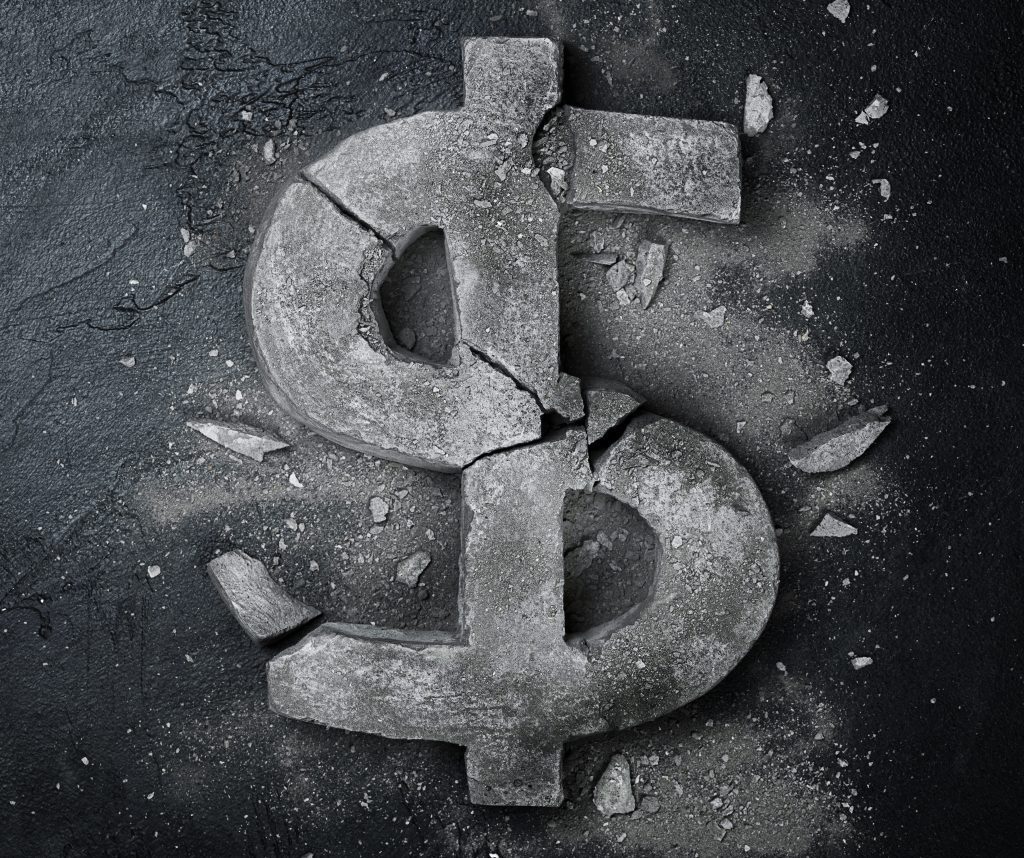You lived through one of the 21st century’s three recessions if you are reading this. First in 2001 came from the dot-com bust. Then, 2008-2009 was the big one, often referred to as the Great Recession. Finally, 2020 was “the worst since the Great Depression,” according to The Balance. The Federal Reserve lists the eight recessions dating back to 1970 here. How does this affect credit card lending?
Credit policy and risk managers must not be overconfident with today’s excellent metrics found for charge-offs. Right now, the Fed indicates that the charge-off rate for credit card loans at all commercial banks is a mere 1.57%. The sweet spot for losses in the card industry is between 2.5% and 3%, so that bodes well in the latest numbers available for Q42021. Top 100 banks are even better, at 1.48%, but the reality is that smaller banks not within the Top 100 are a whopping 4.48%.
This disparity between large and small issuers comes from risk tolerance. Large banks can keep lending into a storm, and smaller institutions tend to freeze. It is a classic “No Guts, No Glory” move. There is nothing wrong with risk tolerance, but you need to watch the ball for changes.
Inflation is taking its toll on the economy. Interest rates are on the uptick. Some ugly geopolitical issues are going on. The word recession is back in the news.
At the International Monetary Fund, they propose a straightforward explanation of a recession:
There is no official definition of recession, but there is general recognition that the term refers to a period of decline in economic activity. Brief periods of decline are not considered recessions. Most commentators and analysts use, as a practical definition of recession, two consecutive quarters of decline in a country’s real (inflation-adjusted) gross domestic product (GDP)—the value of all goods and services a country produces.
But the implications are broad:
As corporations and households get overextended and face difficulties in meeting their debt obligations, they reduce investment and consumption, leading to a decrease in economic activity. Not all such credit booms end up in recessions, but when they do, these recessions are often more costly than others. Slumps can result from a decline in external demand, especially in countries with vital export sectors.
Now is not a time to be overconfident with credit performance. Instead, it is essential to tighten up credit at the underwriting point and scrutinize open credit (whether used or not). And keep an eye on changing credit scores and credit card lending to taper an upcoming storm.
The good news is the charge-off pipelines will freeze on June 30 – anything (except bankruptcies) that can be charged off in 2022 will be in the collection queues for the year.
2023, however, looks vulnerable for credit card operational losses.
Overview by Brian Riley, Director, Credit Advisory Service at Mercator Advisory Group
